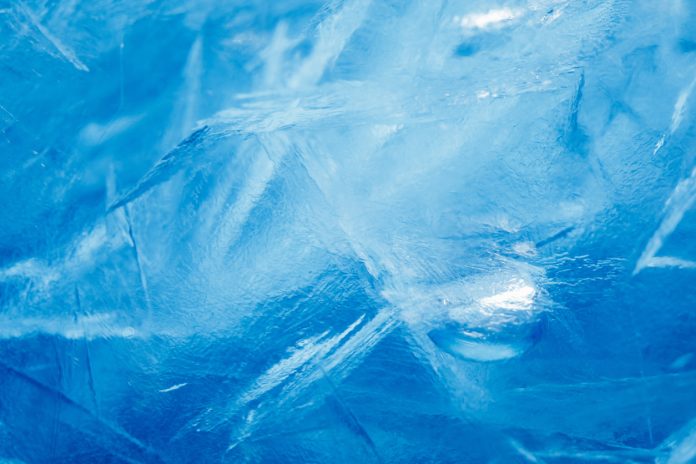UC Irvine and NASA researchers have identified stormlike circulation patterns beneath Antarctic ice shelves that are causing aggressive melting. These “submesoscale” features drive warm water intrusion, accelerating the melt of key glaciers like Thwaites and Pine Island
New research from the University of California, Irvine (UCI) and NASA’s Jet Propulsion Laboratory (JPL) has uncovered a critical, fast-acting mechanism driving the aggressive melting of West Antarctica’s vulnerable glaciers: stormlike circulation patterns beneath the floating ice shelves.
Published recently in Nature Geoscience, the study is the first to analyse ocean-induced ice shelf melting on a “weather timescale” of days, rather than the traditional seasonal or annual timeframes. The findings link intense melt events at the crucial Thwaites Glacier and Pine Island Glacier in the Amundsen Sea Embayment to these rapid, short-lived ocean features, challenging previous models of ice loss.
Identifying the submesoscale drivers
The researchers employed high-resolution climate simulation modelling and moored observation tools to visualise minute, kilometre-scale ocean features known as submesoscales. These features, spanning between 1 and 10 kilometres across, were previously overlooked in the context of ice-ocean interactions but are now identified as a primary contributor to submarine melting.
Lead author Mattia Poinelli, a UCI postdoctoral scholar, likened the effect to powerful storms hitting a coast. “In the same way hurricanes and other large storms threaten vulnerable coastal regions around the world, submesoscale features in the open ocean propagate toward ice shelves to cause substantial damage,” Poinelli explained. These subsurface “storms” facilitate the intrusion of warm water into the cavities beneath the ice, accelerating melting from below.
A dangerous feedback loop
The team identified a positive feedback loop that intensifies the melting process. As the ice shelves melt, they generate more ocean turbulence, which, in turn, fuels more submesoscale activity, driving even greater melting.
“Submesoscale activity within the ice cavity serves both as a cause and a consequence of submarine melting,” Poinelli noted. The melting creates unstable meltwater fronts that strengthen these stormlike features, leading to higher rates of vertical heat transfer. The study found these ephemeral, high-frequency processes are significant, accounting for nearly one-fifth of the total submarine melt variance over a seasonal cycle. During extreme events, the melting rate can increase as much as threefold within hours.
Implications for sea level rise projections
The results underscore the urgent need to incorporate these short-term, “weatherlike” ocean processes into global climate models. The stability of the West Antarctic Ice Sheet is a critical concern, as its potential collapse could raise global sea level by up to 3 meters.
The research highlights a “submesoscale hot spot” between the Crosson and Thwaites ice shelves, where topography enhances this destructive activity, making the area particularly vulnerable. Furthermore, the findings suggest that in future climate scenarios with warmer waters and reduced sea ice, these energetic submesoscale fronts could become even more prevalent.
UCI Professor Eric Rignot emphasised that the study demonstrates an “urgent need to fund and develop better observation tools, including advanced oceangoing robots,” capable of measuring these fine-scale suboceanic dynamics to create more accurate projections for global sea level rise.











